Remote Work in Tech: What It Means for Employers and Candidates in 2026
Why Hybrid is Becoming The New Standard in Tech Recruitment
Remote work in tech was once the ultimate perk. Post-COVID, it became the norm. But as we move toward 2026, the pendulum is swinging back and both employers and candidates need to adjust.
Don’t shoot the messenger just yet. Tech recruitment comes with its own set of challenges. At times it feels like walking a tightrope with sharks snapping below, pterodactyls overhead, all while you’re searching for that elusive “unicorn.”
And unicorns, much like their mythical reputation, often want mythical things: a fully remote role from Plett, or a pound-based salary in Kathu. Do they exist? Perhaps. But they’re rarer than ever.
At Network Recruitment, we see both sides of the conversation every day: employers looking to regain collaboration and accountability, and candidates still seeking flexibility. The truth is, the future of remote work is no longer one-size-fits-all.
Why Employers Are Shifting Back
Many finance and IT leaders tell us that getting a developer fully up to speed takes longer in a fully remote setting, sometimes more than six months. Without daily interaction, collaboration suffers, mentoring slows down, and teams struggle to build trust. Some employers have also faced challenges like moonlighting or blurred work-life boundaries, where productivity drops over time.
For businesses, the message is clear: flexibility remains important, but performance and team cohesion come first. Hybrid models are emerging as the compromise, still balancing operational efficiency with employee expectations.
What Candidates Need to Know
The reality for candidates has changed. Roles that offer fully remote arrangements are becoming rare. Employers want presence, contribution, and culture fit. Those who refuse anything except remote risk are narrowing their options.
But this shift isn’t all negative. Candidates who are adaptable, i.e. open to hybrid models or occasional in-office days, are more likely to land roles with stability, growth opportunities, and strong career development pathways.
Developers, engineers, and analysts, your ability to thrive often depends on relationships and shared problem-solving, not just code.
How to Navigate the Shift — On Both Sides
For Employers: Be transparent about your expectations. If hybrid is the model, explain why it matters, elaborate on the productivity, collaboration, or client delivery. This builds trust with candidates.
For Candidates: Position flexibility is a strength. Show how you’ve thrived in hybrid teams, managed your time, and built strong communication skills.
For Both: Recognise that the future of work is fluid. Policies will evolve with business needs, client demands, and employee expectations.
Let’s talk about what’s right for you and your teams
The job market is changing, but you don’t have to navigate it alone. At Network IT, we believe in helping developers make career decisions that aren’t just about the next six months, but about long-term growth, fulfilment, and alignment with their personal goals. We’ll always be upfront with you about what’s happening in the market and help you find options that align with your ambitions and lifestyle.
If you’re feeling stuck or unsure about your next move, we’re here to chat. Reach out and let’s talk about what’s realistic for you right now and how you can stay competitive.


